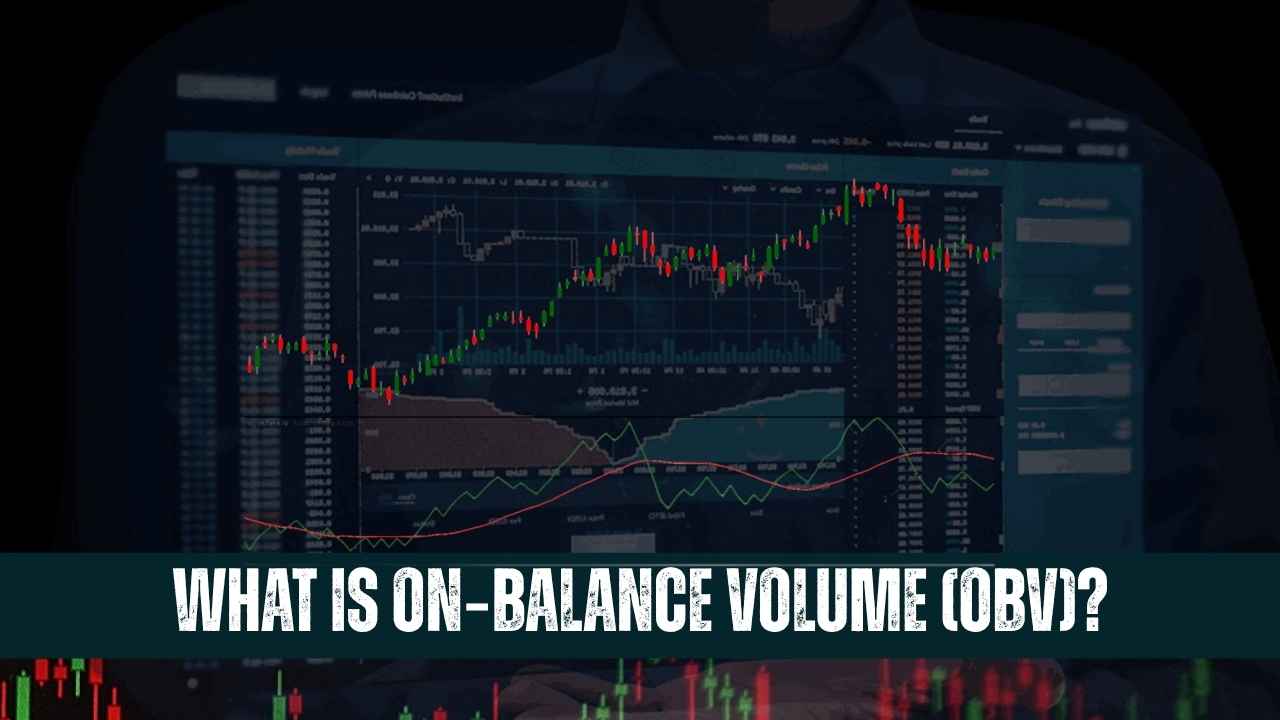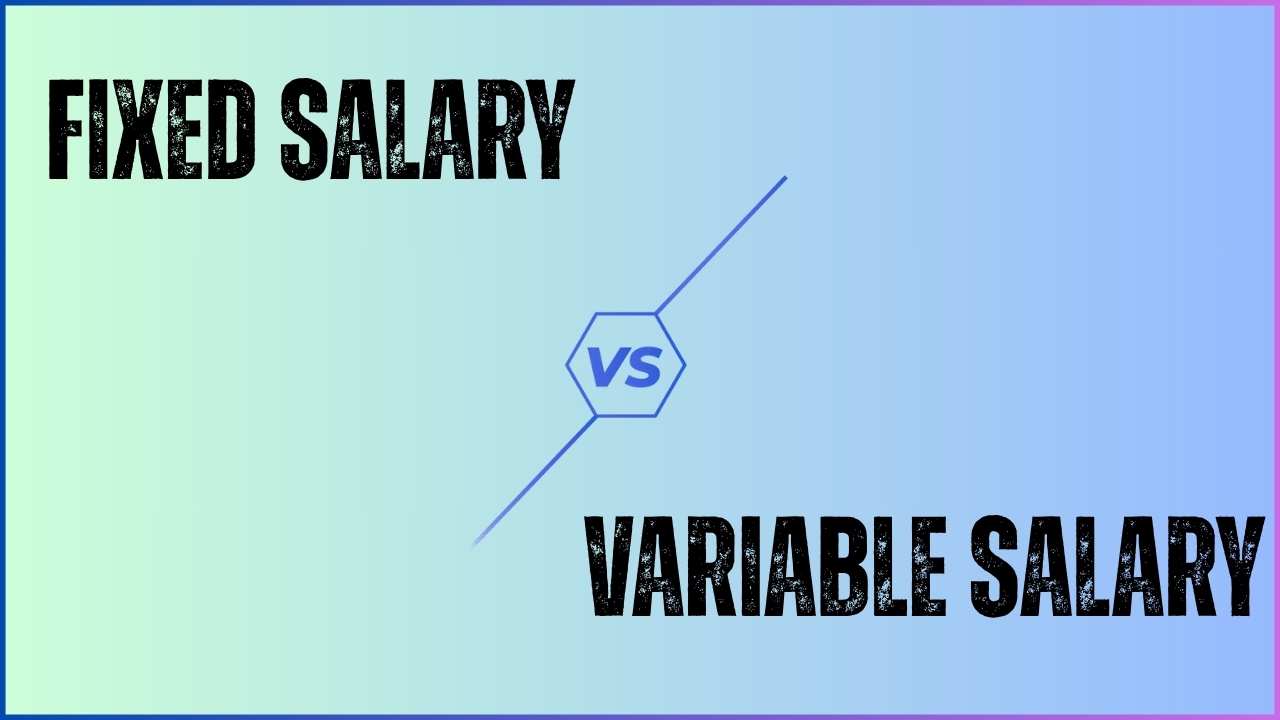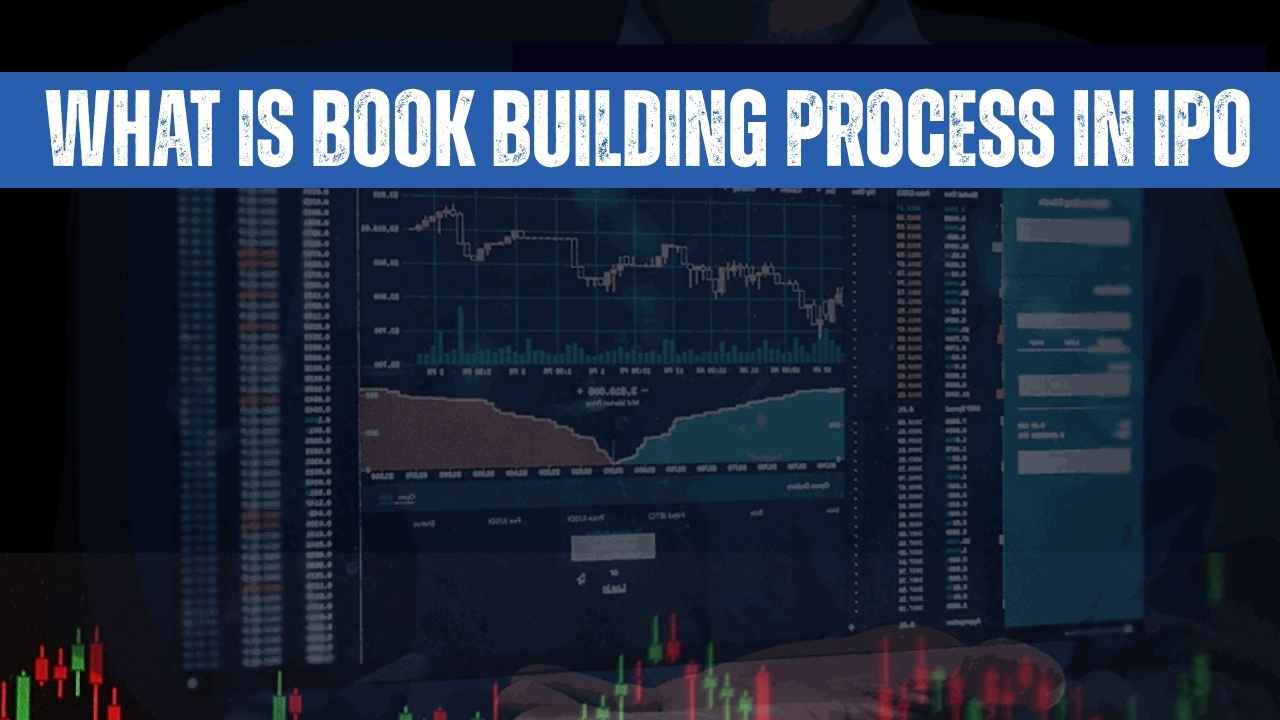When chartists glance at a chart, they observe two fundamental elements: price and volume. Price indicates how much something costs, and volume indicates how many contracts or shares are traded. On‑Balance Volume (OBV) is a straightforward tool that brings these two together to assist traders in noticing trends and potential reversals before prices actually change markedly.
What Is On‑Balance Volume?
- Definition: OBV is a cumulative volume‑based momentum indicator.
- Inventor: Joseph Granville introduced OBV in 1963 in his book Granville’s New Key to Stock Market Profits.
- Idea: When prices go up, traders add that day’s volume to the OBV. When prices go down, they subtract the day’s volume. If prices stay the same, OBV doesn’t change.
How OBV Is Calculated
- If Today’s Close > Yesterday’s Close
- OBV = Yesterday’s OBV + Today’s Volume
- If Today’s Close < Yesterday’s Close
- OBV = Yesterday’s OBV − Today’s Volume
- If Today’s Close = Yesterday’s Close
- OBV = Yesterday’s OBV
Because OBV is cumulative, it rises when “up” days have strong volume and falls when “down” days have strong volume.
Using OBV in Commodity Markets
Although OBV started with stocks, it works well for commodities (like gold or crude oil) too. Here’s how:
- Trend Confirmation
- When OBV moves in the same direction as price, it confirms the strength of the trend.
- Example: If gold prices are rising and OBV is also rising, the uptrend is healthy.
- Divergence Signals
- A bearish divergence occurs if price makes new highs but OBV makes lower highs—suggesting less buying pressure and a possible reversal.
- A bullish divergence happens if price makes new lows but OBV makes higher lows—hinting at growing buying interest before prices turn up.
- Breakout Confirmation
- Traders watch for OBV to rise when the price breaks a key resistance level (or fall when price breaks support).
- If OBV confirms the breakout, it adds confidence that the new trend will continue.
Trading Examples with OBV
- Breakout in Gold Futures
- Scenario: Gold futures sit at ₹85,500 with resistance at ₹85,700. OBV is 1,000,000.
- Movement: OBV rises to 1,500,000 as gold futures climb past ₹85,700.
- Interpretation: Strong volume supports the price breakout. Traders see this as a bullish signal.
- Divergence in Crude Oil Futures
- Scenario: Crude oil futures go from ₹6,500 to ₹6,600, but OBV falls.
- Interpretation: Despite higher prices, volume on down days outweighs up days. This bearish divergence warns of a possible price reversal.
Limitations of OBV
- Low‑Volume Markets: In thinly traded commodities, a few large trades can skew OBV, producing false signals.
- False Breakouts: OBV may confirm a price move that later fails if external factors (news, supply shocks) intervene.
- Needs Context: OBV works best alongside other tools (trendlines, moving averages) rather than alone.
Conclusion
On-Balance Volume is a user-friendly indicator that merges price direction and volume into one line. Monitoring whether volume confirms or refutes price action, OBV identifies potential trends, divergences, and breakouts in stocks and commodities alike. As with any tool, it’s best used in conjunction with other analytical techniques, but its simplicity explains why it remains popular among traders at all levels.
Disclaimer:
The information presented in this article is for general informational purposes only. It does not constitute financial, investment, or professional advice. Commodity prices and market conditions can change rapidly; before making any investment or trading decisions, you should conduct your own due diligence and consult with a qualified financial advisor or other professional. The author and publisher assume no responsibility for losses or damages resulting from any actions taken based on the content of this post.











Cool